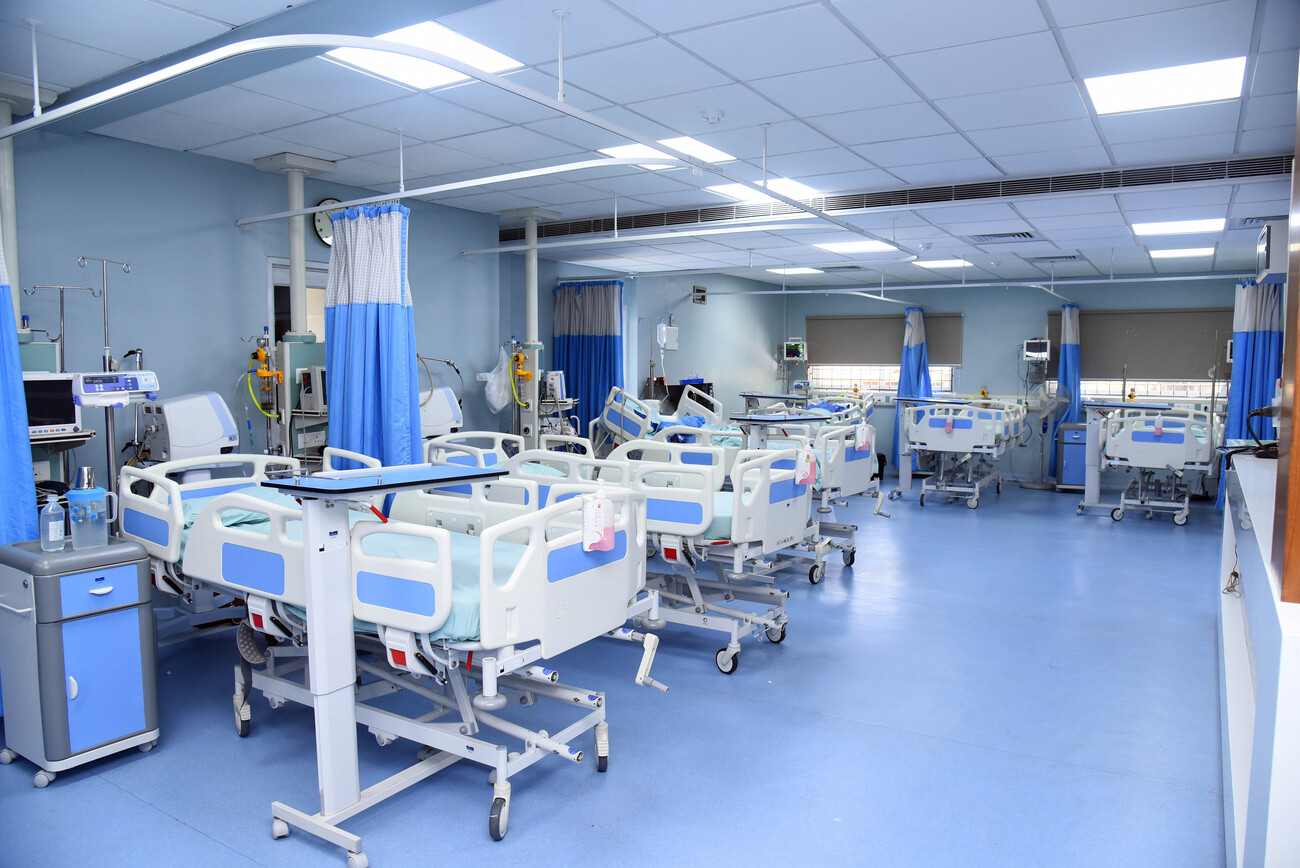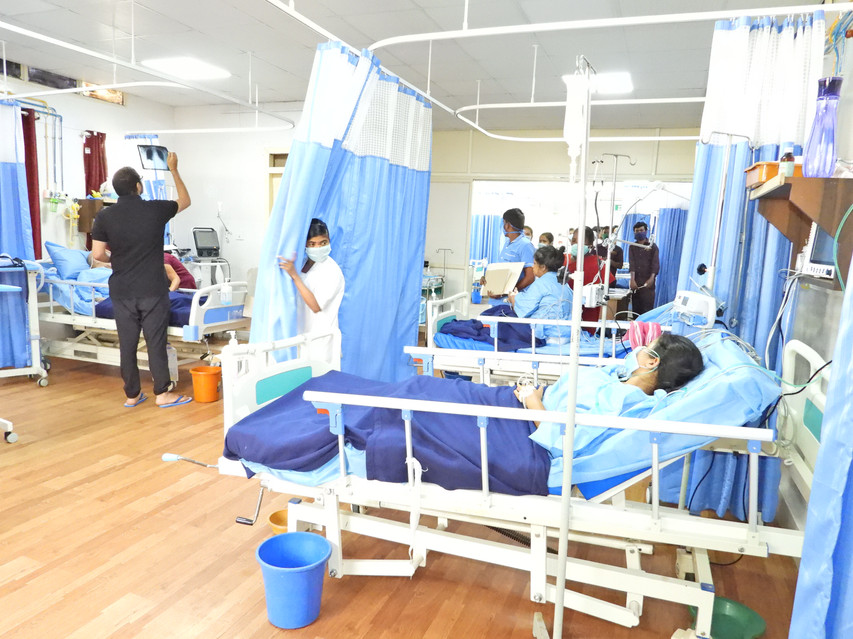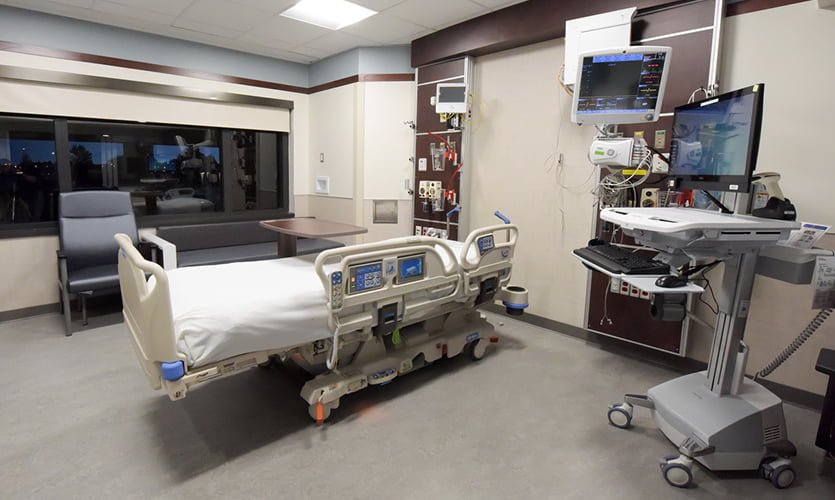MICU vs SICU: What is the difference?

- How to Write Effective Therapy Progress Notes - January 7, 2025
- How to create SMART Goals in Therapy - October 8, 2024
- MICU vs SICU: What is the difference? - March 25, 2024
In the realm of medical care, the distinctions between various units can sometimes be intricate, yet crucial. Among the specialized units within a hospital, the Medical Intensive Care Unit (MICU) and the Surgical Intensive Care Unit (SICU) stand as prominent examples. While both cater to critically ill patients, their scopes and functions diverge in significant ways. Let’s delve into the nuances of MICU and SICU to understand their unique roles in patient care.
What Is the MICU?
The Medical Intensive Care Unit, or MICU, is a specialized department within a hospital designed to provide comprehensive care for patients with severe medical conditions. These conditions often include respiratory failure, sepsis, cardiac emergencies, and other life-threatening illnesses. The primary focus of the MICU is to stabilize patients, closely monitor their vital signs, administer medications, and implement treatment plans tailored to their medical needs.
In the MICU, a multidisciplinary team of healthcare professionals, including physicians, nurses, respiratory therapists, and pharmacists, collaborates to deliver personalized care to each patient. Continuous monitoring and prompt intervention are central tenets of MICU care, ensuring that patients receive the attention and support necessary for their recovery.

What Is the SICU?
On the other hand, the Surgical Intensive Care Unit, or SICU, serves a distinct yet equally critical purpose within the hospital setting. As the name implies, the SICU specializes in caring for patients who have undergone surgical procedures or trauma-related injuries requiring intensive monitoring and management. Patients in the SICU may have undergone major surgeries such as cardiac, neurological, orthopedic, or abdominal procedures, or they may be recovering from traumatic injuries such as severe burns or polytrauma.
Similar to the MICU, the SICU operates with a multidisciplinary team approach, ensuring that patients receive comprehensive care tailored to their surgical needs. Close monitoring of vital signs, wound care, pain management, and prevention of postoperative complications are among the primary responsibilities of the SICU staff.

Main Similarities Between the MICU and the SICU
- 24/7 Monitoring: Both the MICU and SICU operate round-the-clock, providing continuous monitoring and care to patients. Critical conditions can arise at any time, necessitating constant vigilance and immediate intervention. The presence of dedicated healthcare professionals ensures that patients receive timely assistance and support, irrespective of the hour.
- High Acuity Environment: Patients in both the MICU and SICU typically present with complex and acute medical needs. These units are equipped to handle a wide range of conditions, from respiratory distress to postoperative complications, requiring a high level of expertise and resourcefulness from the healthcare team. The dynamic nature of critical care demands adaptability and quick decision-making to address evolving patient needs effectively.
- Interdisciplinary Collaboration: Effective patient care in the MICU and SICU relies on seamless collaboration among various healthcare disciplines. Physicians, nurses, respiratory therapists, pharmacists, nutritionists, and other specialists work together cohesively to develop and implement comprehensive treatment plans tailored to each patient’s unique requirements. This interdisciplinary approach ensures holistic care that addresses not only the immediate medical needs but also the broader aspects of patient well-being and recovery.
- Family-Centered Care: Both units recognize the importance of involving patients’ families in the care process. Family members are considered integral members of the healthcare team and are encouraged to participate in decision-making, receive updates on the patient’s condition, and provide emotional support to their loved ones. Open communication and collaboration between healthcare providers and families foster trust, enhance patient satisfaction, and contribute to positive outcomes.
- Emphasis on Quality and Safety: Patient safety and quality of care are paramount in both the MICU and SICU. Stringent protocols and guidelines govern every aspect of patient management, from medication administration to infection control measures. Continuous quality improvement initiatives, such as regular audits, performance metrics tracking, and staff training programs, are implemented to ensure adherence to best practices and optimize patient outcomes.
Main Differences Between the MICU and the SICU
- Patient Population and Case Complexity: One of the primary distinctions between the MICU and the SICU lies in the types of patients they serve and the complexity of cases they manage. In the MICU, patients typically present with a diverse range of medical conditions, such as respiratory failure, septic shock, diabetic ketoacidosis, or acute exacerbations of chronic illnesses like heart failure or chronic obstructive pulmonary disease (COPD). These patients often require intensive medical management, including pharmacological interventions, mechanical ventilation, hemodynamic support, and close monitoring of vital signs. Conversely, the SICU caters to patients who have undergone surgical procedures or sustained traumatic injuries necessitating surgical intervention. These patients may require postoperative monitoring, wound care, pain management, and rehabilitation services tailored to their specific surgical needs. The complexity of cases in the SICU often stems from the intricacies of surgical procedures, potential perioperative complications, and the need for specialized postoperative care.
- Treatment Modalities and Interventions: While both units provide intensive care, the treatment modalities and interventions employed in the MICU and SICU differ based on the nature of the patients’ conditions. In the MICU, treatment emphasis is primarily on medical management, including the administration of intravenous medications, fluid resuscitation, vasopressor support, and interventions to maintain cardiopulmonary stability. Advanced therapies such as renal replacement therapy (dialysis) or extracorporeal membrane oxygenation (ECMO) may also be utilized in select cases. Conversely, the SICU places greater emphasis on surgical interventions and perioperative care. Patients may undergo various surgical procedures ranging from major abdominal surgeries to neurosurgical interventions or orthopedic reconstructions. Surgical wound care, monitoring for postoperative complications such as bleeding or infection, and early mobilization to prevent complications like deep vein thrombosis (DVT) are integral aspects of care in the SICU.
- Specialized Expertise and Training: Healthcare professionals working in the MICU and SICU possess specialized expertise and training tailored to the unique demands of each unit. In the MICU, healthcare providers may have backgrounds in internal medicine, critical care medicine, or pulmonary medicine, with a strong foundation in managing complex medical conditions and acute exacerbations of chronic diseases. Proficiency in interpreting diagnostic tests, managing polypharmacy, and addressing multisystem organ dysfunction are essential skills in the MICU setting. Conversely, professionals in the SICU, including surgeons, surgical intensivists, and perioperative nurses, have expertise in surgical techniques, perioperative management, and the principles of surgical critical care. They are adept at managing surgical complications, performing invasive procedures such as central line placements or chest tube insertions, and coordinating care with surgical subspecialties to optimize patient outcomes.



